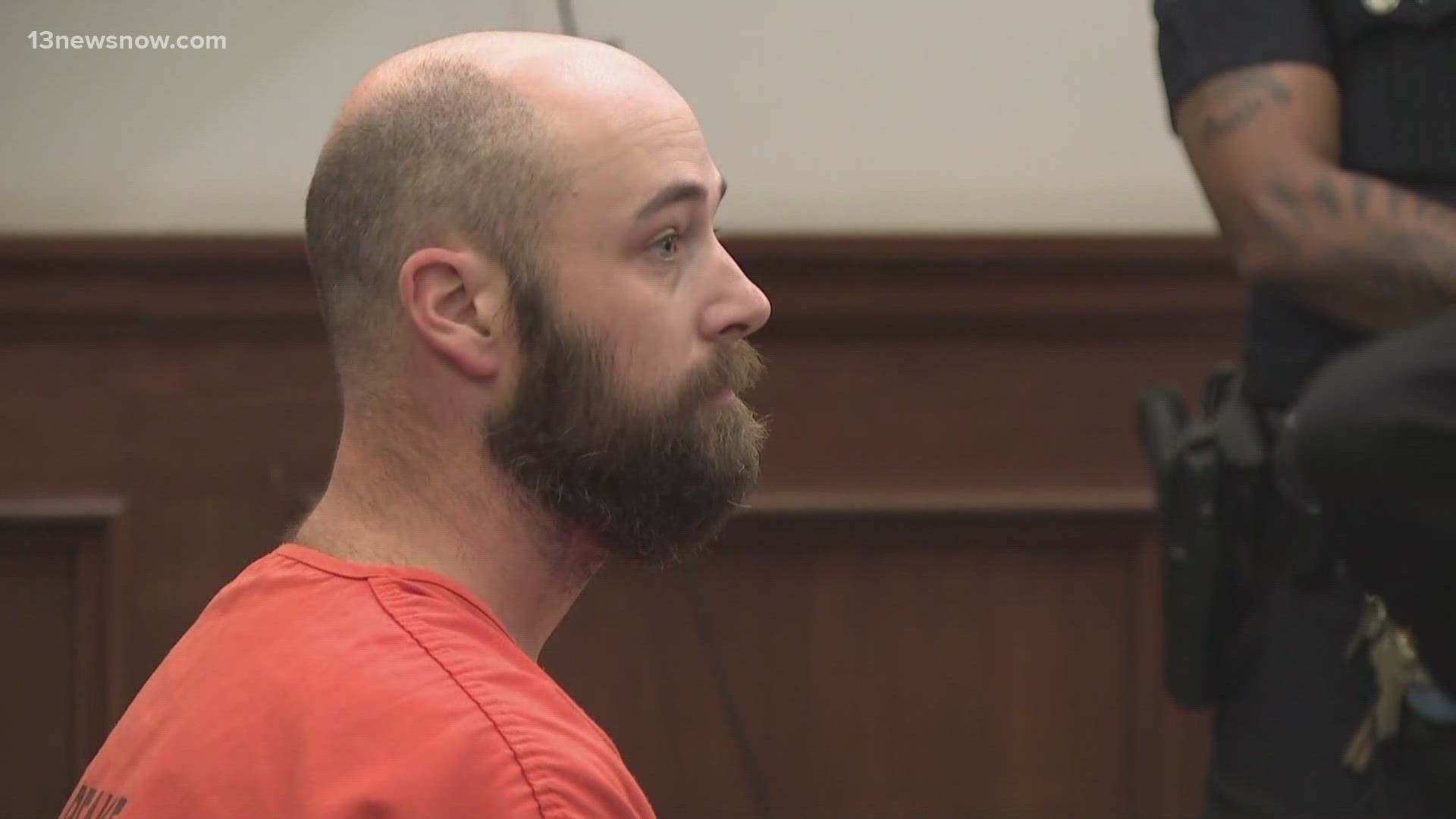NORFOLK, Va. — Thursday, officials from the Virginia Department of Education (VDOE) and the Virginia Department of Health (VDH) released "interim guidance" for how to get k-12 schools up and running again in the commonwealth.
Dr. James Lane, the state superintendent for public Instruction, and Dr. Norman Oliver, state health commissioner, sent the guiding documents to local school superintendents in a letter.
The 14-page packet details how school should weigh the risk of COVID-19 transmission. Some key indicators for them to watch are the level of school impact, the number of cases in an area and the positivity rates for the area.
Schools are also asked to take into account the rate of case growth, hospital beds occupied in an area, what percentage of a hospital's patients are there for COVID-19, and the number of group outbreaks in the district.
The new recommendations, paired with CDC guidance, are supposed to help local schools make adjustable decisions for the changing environment they're experiencing.
Reopening school buildings brings necessary COVID-19 mitigation factors, like wearing masks, distancing students and staff, practicing frequent hand washing, disinfecting surfaces and committing to contact tracing.
The letter recommended that students and staff most at risk for serious side effects of COVID-19 stay home, because it would be impossible to eliminate all risk of transmission in a community setting, even while taking the recommended precautions.
However, superintendents were asked to also weigh the risks of not bringing students back to classrooms.
"As local school and health leaders evaluate and adjust instructional offerings in 2021, they must carefully balance the risks associated with operating during a pandemic and the long-term effects of students not attending school in person," the letter says. "Children who do not have in-person instruction may suffer learning loss with long-term effects, mental health issues, or a potential regression in social skills."
When bringing children back to in-person learning, the guidance recommends prioritizing younger students, English learners and students with learning disabilities.

